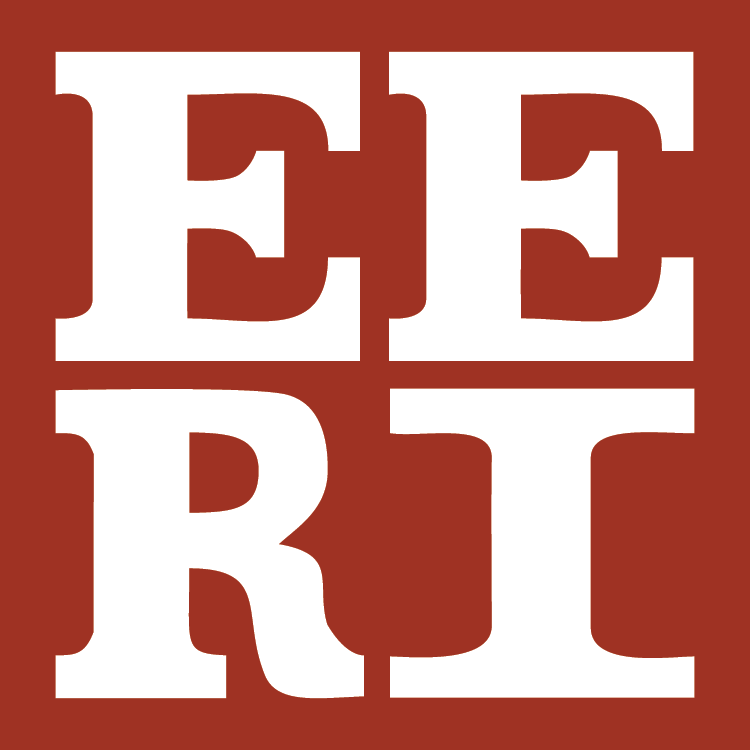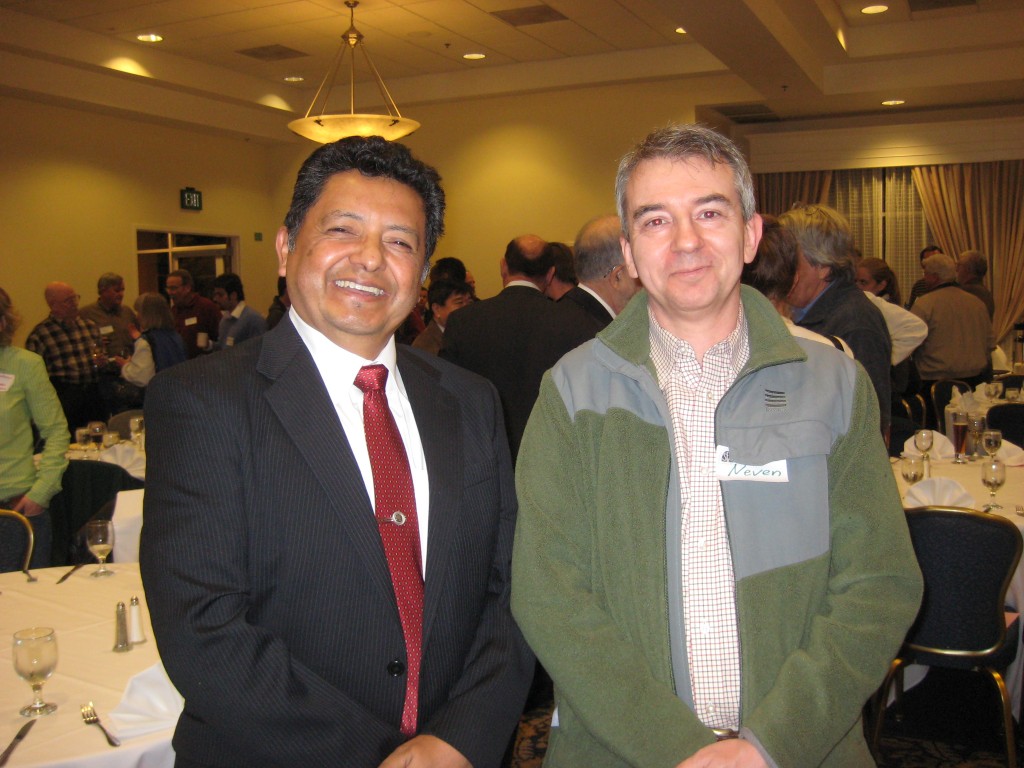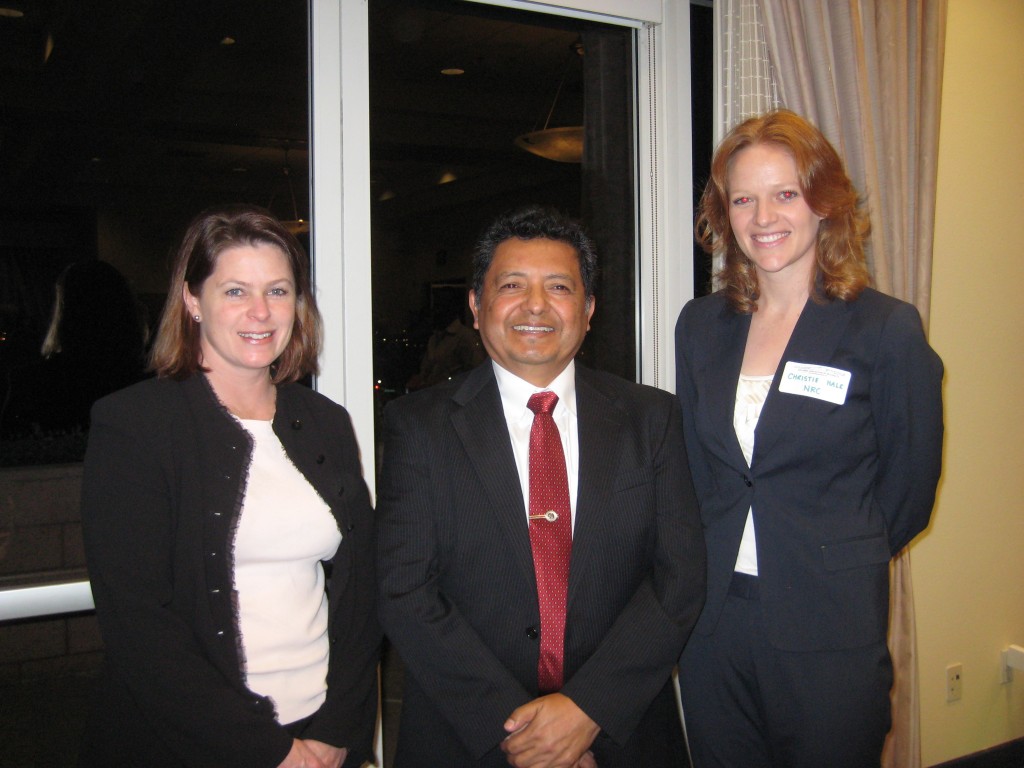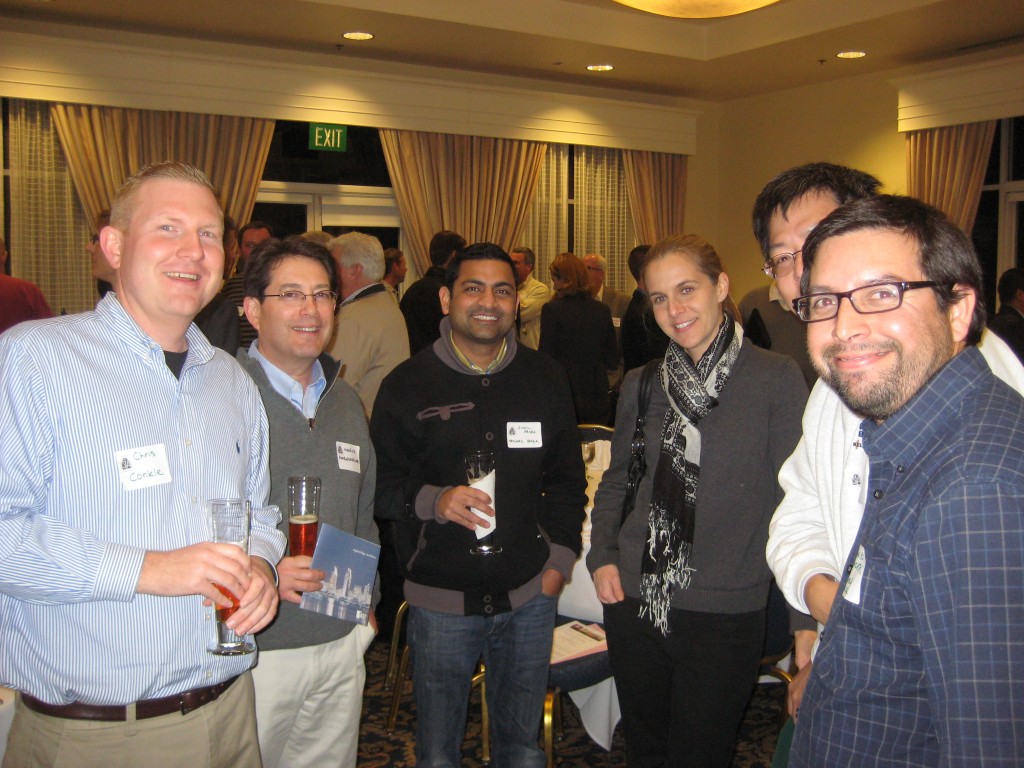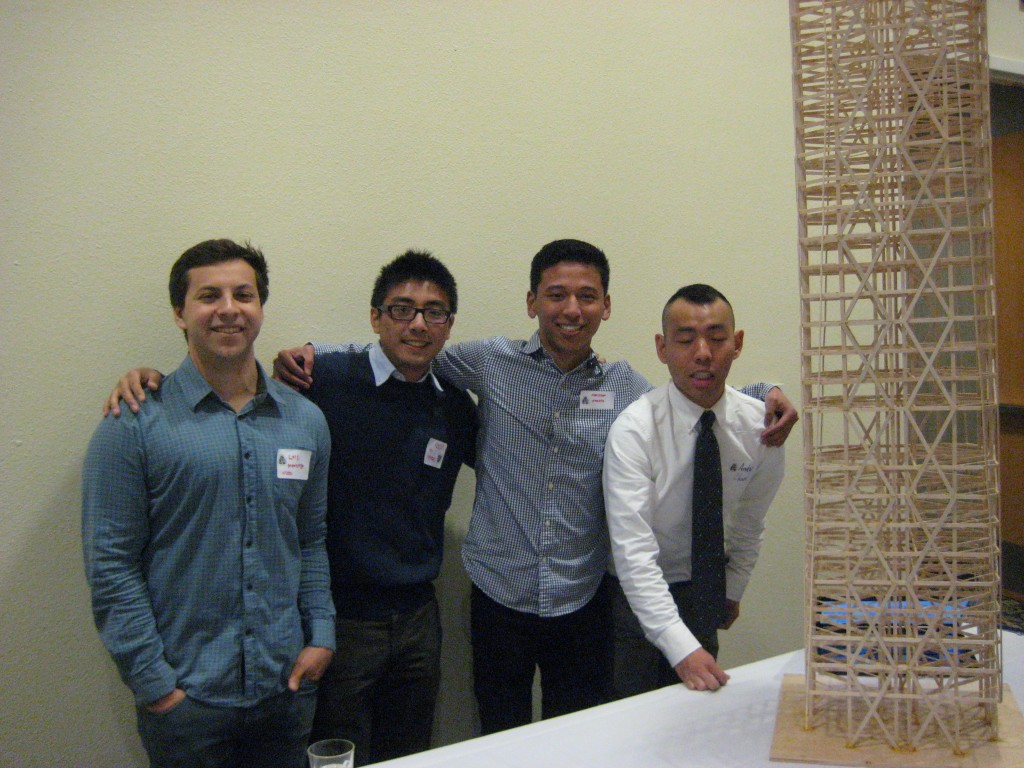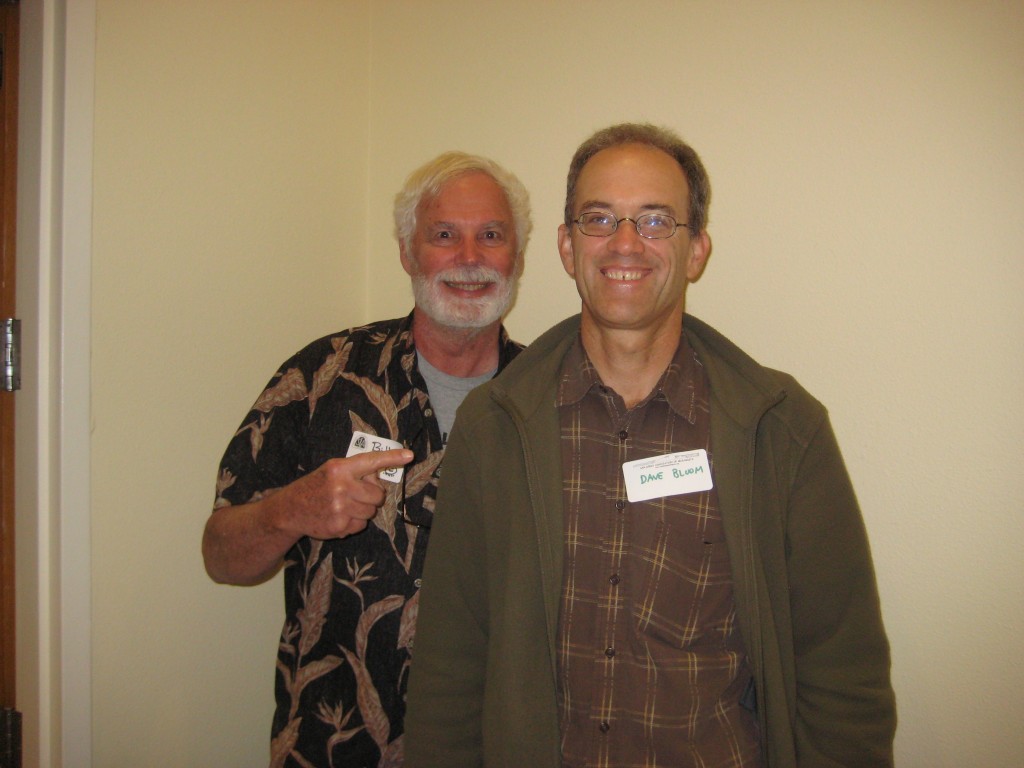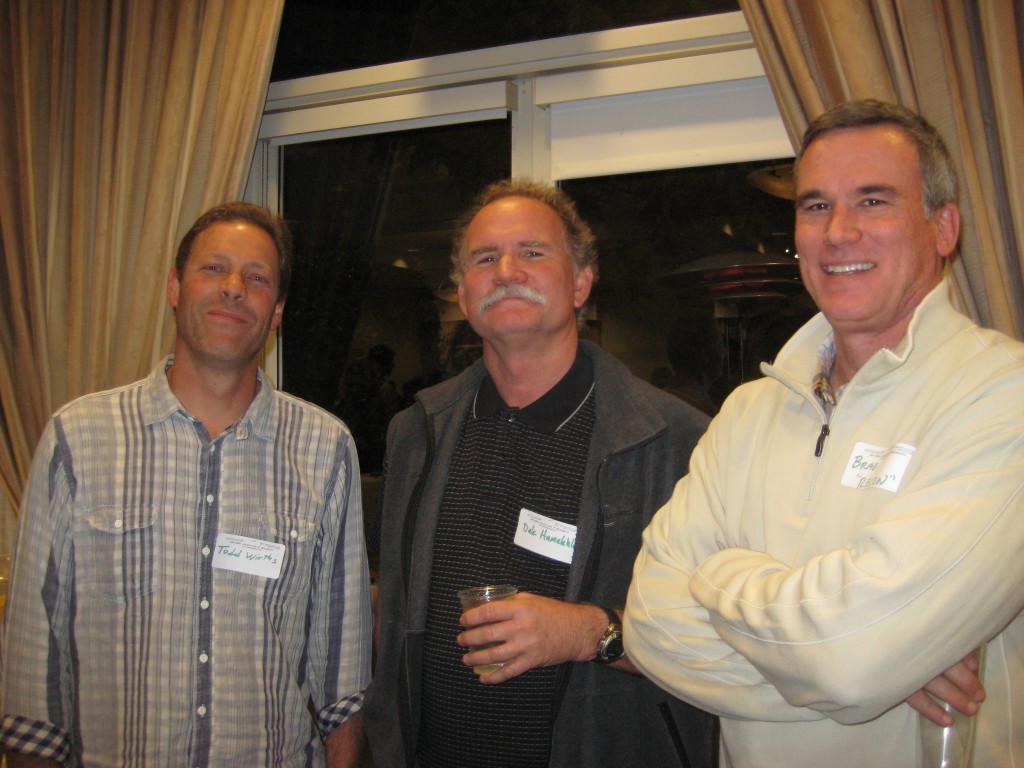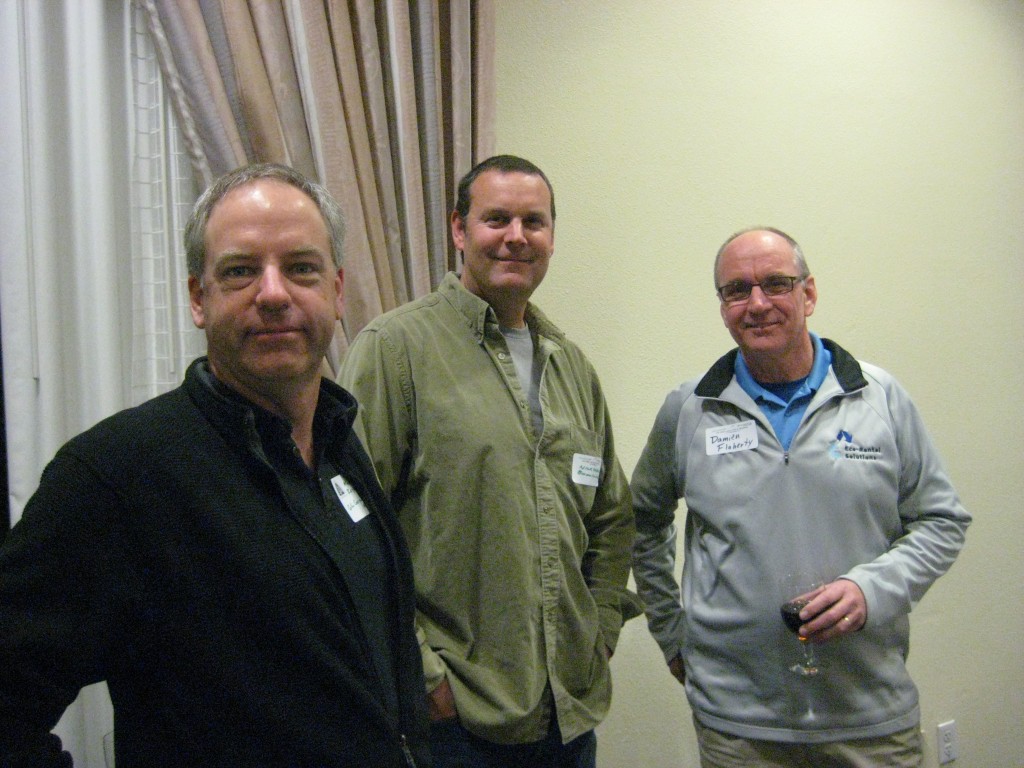February Joint Luncheon with ASCE – Resilience: An Engineering Challenge
Risk modeling has focused on the “3Ds: Deaths, Dollars and Downtime” as metrics for estimating building and infrastructure performance as well as for decision-making in design and in policy development. What can these metrics tell us about performance and resilience in recent disasters? What other measures of performance are suggested by the recovery experience in both developed and developing countries? What are the engineering challenges and research opportunities coming out of recent earthquakes in China, Haiti, Chile, New Zealand and Japan, and how are they applicable to the U.S. context? Are there better engineering metrics for resilience?
Engineering performance metrics typically are designed for individual components (e.g. for a building or bridge), not for a city. Resilience requires metrics that look at the performance of community components such as housing, education, civic and cultural infrastructure. Evaluating recovery experience in recent earthquakes, it is clear that funding, political will, creative planning, and good technical implementation drive the speed and quality of recovery.
To improve resilience, our professions need to participate in land use and policy planning; and we need to re-think performance measures and building codes in order to develop methods of setting performance guidelines for cities. Improving overall performance and resilience in developed countries with good codes and land use practices, as well as in developing countries, are challenges for the 21st Century.
Mary C. Comerio, Professor in the Graduate School (Architecture), University of California, Berkeley
Mary Comerio is an internationally recognized expert on disaster recovery. She joined the faculty in the Department of Architecture at U. C. Berkeley in 1978 and served as Chair of the Department from 2006-2009. As an architect, she has designed numerous public and private facilities including market rate and affordable housing. Her research focuses on the costs and benefits of seismic rehabilitation (particularly housing), post-disaster recovery and reconstruction, and loss modeling. She is the author of Disaster Hits Home: New Policy for Urban Housing Recovery. In 2011, she received the Green Star Award from the United Nations for her work in post-disaster reconstruction in China and Haiti. In 2013, she received the U. C. Berkeley Chancellor’s Award for Public Service for Research in the Public Interest, and the EERI Distinguished Lecturer Award.
Comerio led the FEMA sponsored Disaster Resistant University Program. Her research together with the UC Berkeley campus seismic rehabilitation program was recognized by Engineering News Record as one of the ten best seismic planning projects in the United States in 2006, and by the EERI Northern California Chapter in 2012. Comerio also led the Building Systems Research in the Pacific Earthquake Engineering Research Center, during the ten years when PEER was one of three NSF funded national earthquake centers. Comerio is currently completing work on a NSF Grand Challenge project focused on the mitigation of collapse risk in nonductile concrete buildings. She recently led the PEER/EERI reconnaissance teams to both earthquakes in New Zealand and conducted a review of the housing recovery in Chile for the Ministry of Housing and Urban Development and the United Nations Development Program.
TIME: Registration: 11:30 am / Lunch: 12:00 pm / Program: 12:30-1:15 pm
PRICE: ASCE Section Members: $25.00 / Non-Members:$40.00 / Students:$15.00 / Public Agencies: $15.00
PAYMENT: Cash, check or credit card (www.asce-sd.org to pay in advance by credit card by2/20, (a $3 fee will be added for credit card processing). Parking will be validated. Checks made payable to ASCE. You may mail your check in advance to PO Box 1028, El Cajon, CA 92022.
MENU: Chicken Florentine – Chicken with Spinach, Pinenuts, and Goat Cheese served with Orange Basil Rice and Market Vegetables, house salad, dessert, tea and coffee service. (vegetarian plate is available but must be requested by February 20th)
PLACE: The Handlery Hotel & Resort, 950 Hotel Circle N., San Diego, 92108
RESERVATIONS: MUST be received by Thursday, February 20th, Noon. If you choose to walk-in the day of the luncheon, please be advised that your meal is not guaranteed and an additional charge of $10 will be added to the cost of the lunch. If you make a lunch reservation and fail to attend you will be invoiced. By Phone: 619-588-0641 E-Mail:ascesd@sdcoxmail.com, or by responding to the Constant Contact email invitation.
CANCELLATION: Please CANCEL your reservation(s) at least 24 hours in advance if you are UNABLE to attend.
Come and join us for an enjoyable and intellectual Dinner Meeting
Hello All,
Earthquake Engineering Research Institute (EERI) of San Diego will be hosting a dinner meeting on September 25, 2013. Come and join us for a fun filled evening of intellectual discussions, an enjoyable dinner in Harbor Island, and an informative presentation by Dr. Annie Kammerer.
Register by September 23rd online at https://docs.google.com/forms/d/1k86CHQjf-D9nbnrIo5VgjDG-TOmCcrYfN-cEYCtGSsM/viewform
Hope to see you there!
Englekirk Center Shake Table Visit and Tour
In one of our previous meetings, EERI had the opportunity to invite our guests to the Englekirk Structural Engineering Center at the University of California, San Diego to view and tour the facility. Here are just a few photos of the guests. Thank you again for the support!
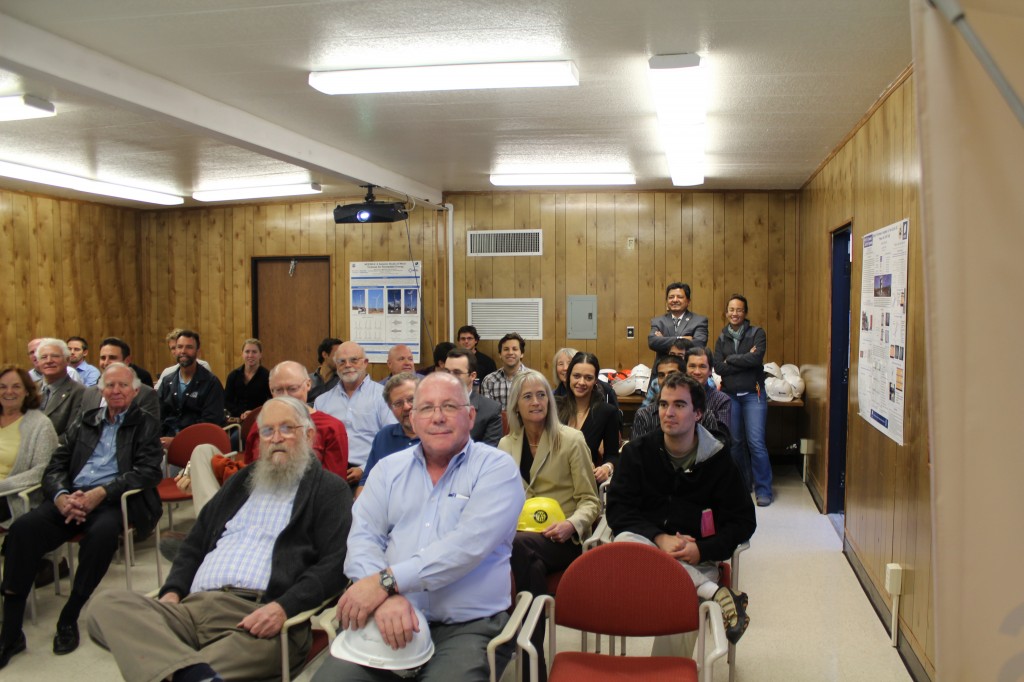
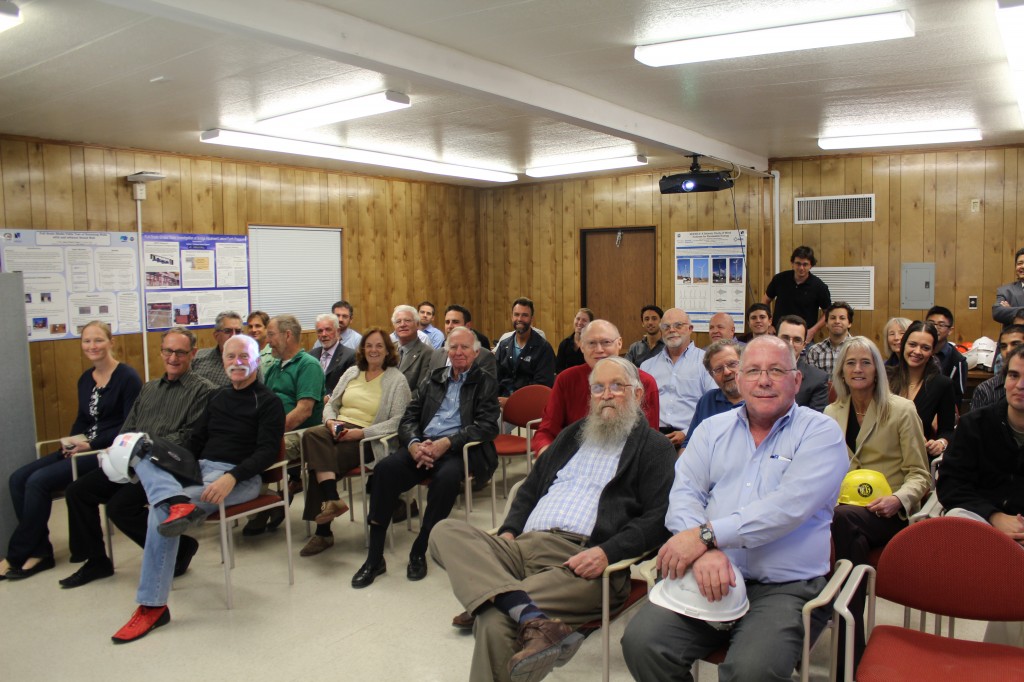
Wednesday, September 25, 2013 Dinner Registration
Dear EERI San Diego members and friends,
Hope you had a great and safe summer!
With the Fukushima disaster in Japan and the recent decision to shut down the San Onofre Nuclear Power Plant, there is strong interest in the community to better understand the seismic issues and risks of nuclear power plants. Motivated by these events and by our mission of raising awareness of earthquake risks, the EERI San Diego Chapter, working jointly with the ASCE Geo-Institute San Diego and the San Diego Association of Geologists, invite you to participate in a dinner meeting on Wednesday, September 25, 2013, 6pm at the Tom Ham’s Lighthouse Restaurant.
We are delighted to have Dr. Annie Kammerer, an earthquake engineer in the Office of Research of the US Nuclear Regulatory Commission, present on this topic. The abstract of her talk and her biographical information are provided below.
SEISMIC DESIGN AND RISK EVALUATION OF NUCLEAR PLANTS
Since the beginning of the nuclear power industry, the framework and methods used in the seismic design and risk evaluation of the fleet of nuclear power plants in the US has gone through significant change and advancement. Currently the US regulatory framework uses a risk-informed, performance-based framework that has matured over the last 5 decades and is composed of three steps: probabilistic seismic hazard analysis, seismic design, seismic probabilistic risk assessment.
This presentation will cover a wide variety of topics including:
- Basic nuclear plant design concepts (how they work and what can go wrong)
- Why the engineering of nuclear plants is unique and challenging
- The history of seismic regulations, design approaches, and reevaluation efforts
- The performance-based and risk-informed methods used in the industry today
- The impact of the Fukushima Daiichi accident, including current and future NRC efforts
Biography:
Dr. Annie Kammerer is a senior seismologist and earthquake engineer in the Office of Research of the US Nuclear Regulatory Commission, where she is the coordinator and manager of the seismic and tsunami research program. Her research is principally in the areas of seismic and tsunami hazard and risk assessments, seismic isolation, and technology-neutral approaches to seismic design. Currently she is also the NRC’s technical lead for a special program conducting Seismic Walkdowns of all 104 operating US nuclear plants in response to the Fukushima Daiichi accident. She is active internationally and chairs an IAEA Working Group on Seismic Re-evaluation of Operating Reactors, as well as special committee developing new guidance on seismic isolation. Prior to joining the NRC in 2006, she was a consultant in the Risk and Advanced Technology groups in the international design firm, Arup. As seismic hazard lead for the Americas, her consulting work encompassed a wide variety of technical areas including geotechnical earthquake engineering, structural dynamics, seismology and risk assessment. Her work focused principally in the energy, industrial and transportation sectors and included dozens of projects around the world. She holds three degrees from UC Berkeley, including a Ph.D. in geotechnical engineering with minors in strong motion seismology and structural engineering.
Date: Wednesday, September 25, 2013
Time: 5:30-6:30 pm Networking
6:30-7:30 pm Dinner
7:30-8:45 pm Presentation and Q&A
Venue: Tom Ham’s Lighthouse Restaurant
2150 Harbor Island Drive
San Diego, CA 92101
Registration:
EERI members: $35
EERI non-members: $45
Students: $15
RSVP:
Please reserve a spot by September 20, 2013 at the following website:
https://docs.google.com/a/eng.ucsd.edu/forms/d/1k86CHQjf-D9nbnrIo5VgjDG-TOmCcrYfN-cEYCtGSsM/viewform
You may pay with cash, check, or credit card ($2 service fee) at the door.
For any questions or to cancel your reservation, please contact:
Tan Cao, EERI San Diego Chapter Secretary/Treasurer, tca@deainc.com
Looking forward to seeing all of you
January 16, 2013 Dinner Meeting
A special thanks to our guest speakers Christie Hale and Megan Williams from the NRC, our sponsors Tobolski Watkins and Fugro, the students from UCSD and SDSU, our collaborators and all the attendees who made this dinner meeting a success. See you at the next meeting!
Presentation Download:
2013-01-03 NRC Regulations for Seismic Analysis and Design Applied to San Onofre Nuclear Generating Station
11/14/2012 Meeting: Fire Testing of 5-Story Building with Nonstructural Components
“Earthquake and PostEarthquake Fire Testing of a Full-scale 5-story Building outfitted with Nonstructural Components on the World’s Largest Outdoor Shake Table”
Presentation to EERI Southern California San Diego Chapter
Tara C. Hutchinson, Professor
University of California, San Diego
Download Presentation:
2012-11-14 Earthquake and Post-Earthquake Fire Testing of a Full Scale 5-story Building
Recap from our EERI San Diego, SEAOSD and GeoInstitute Joint Meeting
A special thanks to our guests Dr. Moehle and Dr. Stewart, our sponsors, and all the attendees who made this meeting a success.
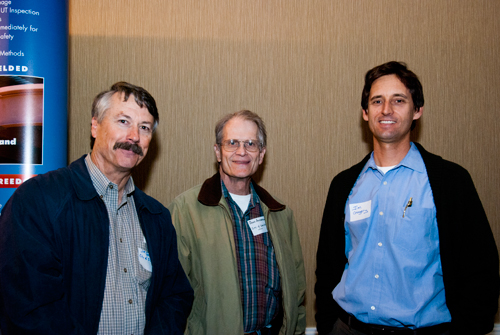




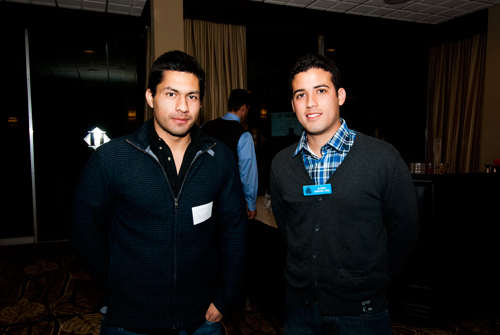
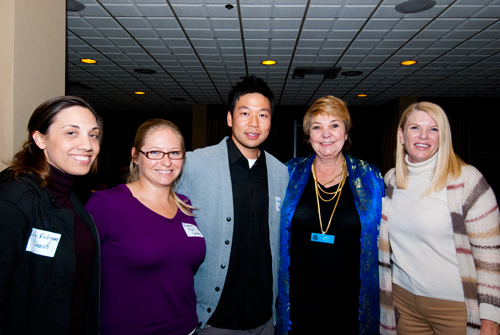
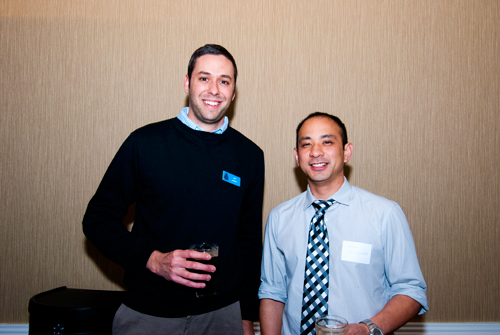
EERI San Diego, SEAOSD and GeoInstitute San Diego Joint Meeting
Seismic Demands for High-Rise Buildings: Interaction between Geotechnical and Structural Engineers
Wednesday, January 18, 2012
Guest Speakers:
Prof. Jack Moehle (Univerity of California Berkeley)
Prof. Jonathan Stewart (University of California Los Angeles)
Performance-based seismic design of tall buildings has evolved in recent years to permit buildings designed outside the prescriptive provisions of the building code. A performance-designed project typically requires definition of performance objectives, development of the structural system, definition of seismic hazard, and verification of seismic performance using nonlinear dynamic analysis. One of the challenges to be overcome in design is the communication of modeling and analysis requirements between structural and geotechnical engineers. The seminar will emphasize the required handoffs.
Dr. Moehle will introduce the recently published PEER Tall Buildings Initiative for Performance-Based Seismic Design of Tall Buildings. The presentation will cover team qualifications, performance objectives, modeling and analysis requirements, performance evaluation, and the review process. The presentation also will review typical handoffs between structural and geotechnical engineers, including typical assumptions for soil-foundation-structure modeling and selection and scaling of earthquake ground motions. Emphasis will be on requirements from the perspective of the structural engineer.
Dr. Stewart will review outcomes of a recent ATC/NIST project on modeling seismic Soil-Structure Interaction (SSI) effects for building structures, with an emphasis on applications to tall buildings. The conditions under which SSI effects are most pronounced will be identified. The basis for the SSI procedures in the PEER Tall Buildings project will be reviewed. Typical problems encountered in the communications between structural and geotechnical engineers for SSI problems will be described along with proposed solutions proposed within the ATC/NIST project.
Welcome to EERI San Diego
Welcome to the EERI San Diego regional chapter website. Here you will find newsletters for upcoming meetings, announcements of community activities, and information about our organization. Thanks for visiting!

